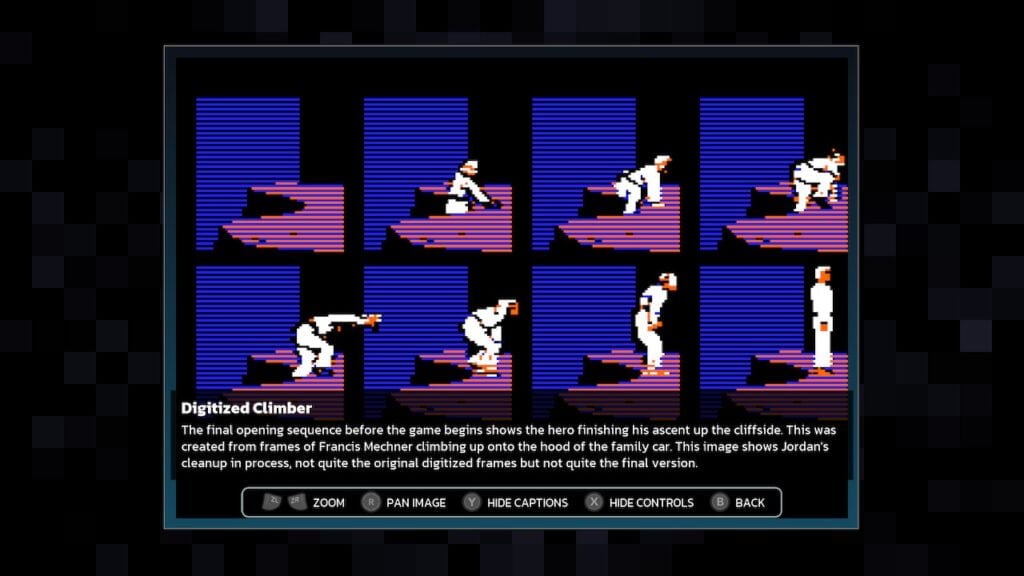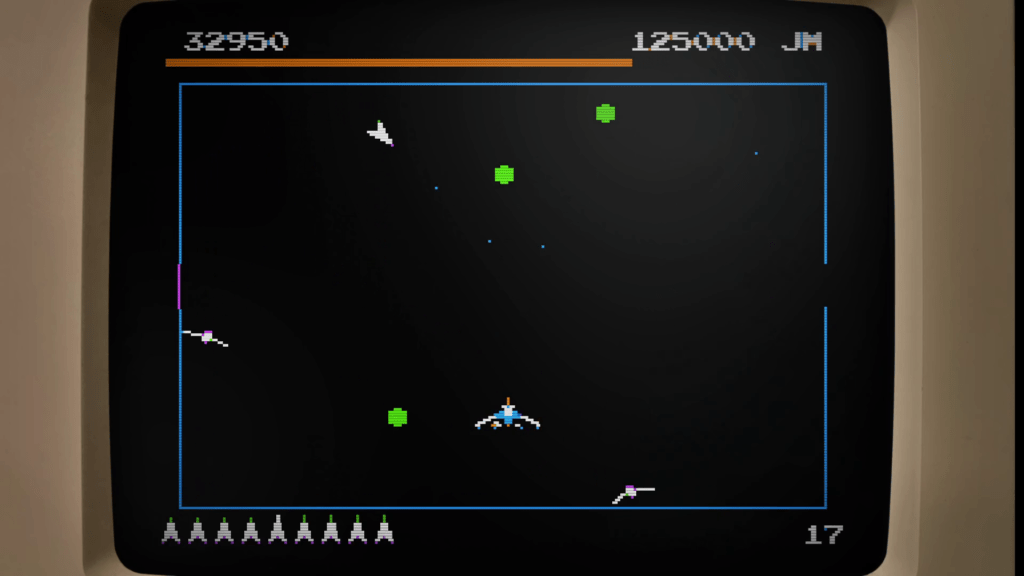It’s amazing to think that we live in a time now where even videogames can get their own ‘making of’ documentaries, and they can be as good as what Digital Eclipse has done with The Making of Karateka.
For the uninitiated, Karateka was famed game designer Jordan Mechner’s first big success in development, but that only came through various trials and tribulations, many of which would’ve made for reasonable reasons for him to give up.
Mechner persisted and went on to become the name that he is today in gaming. Karateka took every ounce of his will in order to come to fruition, during a time where it was especially tough to break into an industry that was for all accounts still in its relative infancy. He made time for programming by ditching classes during his first few years as a student at Yale, and through sheer perseverance, he ended up making enough to pay for his tuition.
In fact, Prince of Persia as we know today probably wouldn’t even exist if not for Mechner’s persistence and ultimately successful creative and development process for Karateka, not to mention the financial means in order to fund yet another multi-year project straight out of what almost made him flunk out of college at the time.

But let’s not get ahead of ourselves here and spoil the story, since it’s very much worth sifting through in The Making of Karateka. Particularly interesting is how Jordan actually got started programming games and the shift in his priorities once the idea for Karateka took hold of his brain. As a highly intelligent person, Mechner was a prolific programmer early in life, and by his late teens, he was already sending out games for publishers to take a look and even publish.
Through this documentary’s vast library of content, most of which only exists thanks to Mechner’s own archives, you’re able to follow along and witness first hand how it all came to be. For me, the best part of this whole thing is the revelation that Ralph Mechner, Jordan’s dad, had a huge participation in Karateka’s development, not only as the first instance of a motion actor captured by a camera in order for his son to base his movements through rotoscope animation, but also as a musician.
A true Renaissance man, Francis is a very talented concert pianist, and through his vast knowledge in composing, Karateka’s soundtrack took shape, using initially the Apple II’s primitive single sound channel and eventually moving on to Commodore 64’s more elaborate soundscape when the time came to port the game to more computer systems. It’s a fascinating creative process to witness, and through The Making of Karateka’s many videos where Jordan and Francis adorably reminisce about the old days, nearly 40 years ago at this point.

Another aspect that The Making of Karateka nails, alongside its timeline, presented the same way as it was done with Digital Eclipse’s previous release, Atari 50, are the many different versions of Mechner’s games available for play in this collection. We’re talking about the many iterations of not only Karateka – which admittedly is missing a whole bunch of the ports that are mentioned throughout; it’s understandable, given that they were commercial releases and would require a lot of negotiation between parties, but also of Deathbounce, Jordan’s first creation for the company Broderbund that ended up not getting released.
Alongside the numerous archival footage of the Mechner’s Super 8 camera documenting the moves that came to be the characters in Karateka are testimonies from a few luminaries in the game industry such as id Software’s co-founder Tom Hall and John Tobias, who with Ed Boon when on to create Mortal Kombat after being heavily influenced by Mechner’s work. Fascinatingly so, there’s even an incredibly cute letter written by John Romero, co-creator of Doom, who at the time was an early teen, to Jordan, as a fan of the latter’s creation.
Better yet, the surviving members of Broderbund’s development team are also on board to share the thoughts in the documentary, among them the programmer responsible for the herculean task of converting Karateka to other platforms. All in all, the video portions of The Making of Karateka are as fascinating as the written material, working in tandem to make this something not to be missed for not only fans of videogames, but of creative enterprises as a whole.

As a cherry on top of the cake, Digital Eclipse’s president and videogame programmer, Mike Mika, went on to reprogram and modernize both of Jordan Mechner’s iconic games for this collection with new versions of Deathbounce and Karateka. The former is particularly playable in this format and goes to show Mechner’s early career creativity, providing an Asteroids-like game that managed to play very differently.
Granted, playing Karateka today helps show its age as a game as it can be quite fiddly when it comes to trying to finesse performance when it was originally a one-button game for many of the platforms in which it was released back in the day. Funnily enough, during my childhood, Karateka was one of the few games I had to play on the family’s NES, thanks to a bootleg cart of sorts from China. The game never made it outside of the Japanese Famicom, and that was exactly the version I played endlessly as a kid.
Those fond memories helped me enjoy The Making of Karateka even more so. Given that it’s the first entry and debut of Digital Eclipse’s Gold Master Series, one can only imagine what’s to come for other “docu-games” such as this. If they are anywhere as full of content such as this, they’ll be well worth waiting for.





